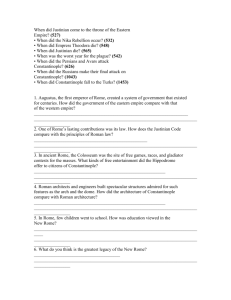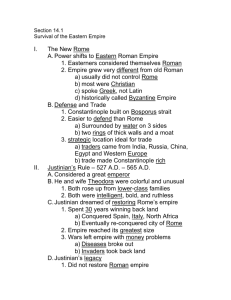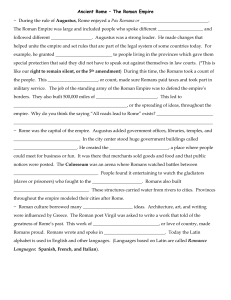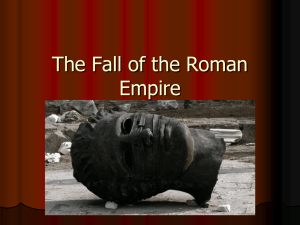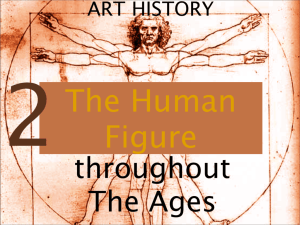Constantinople
advertisement
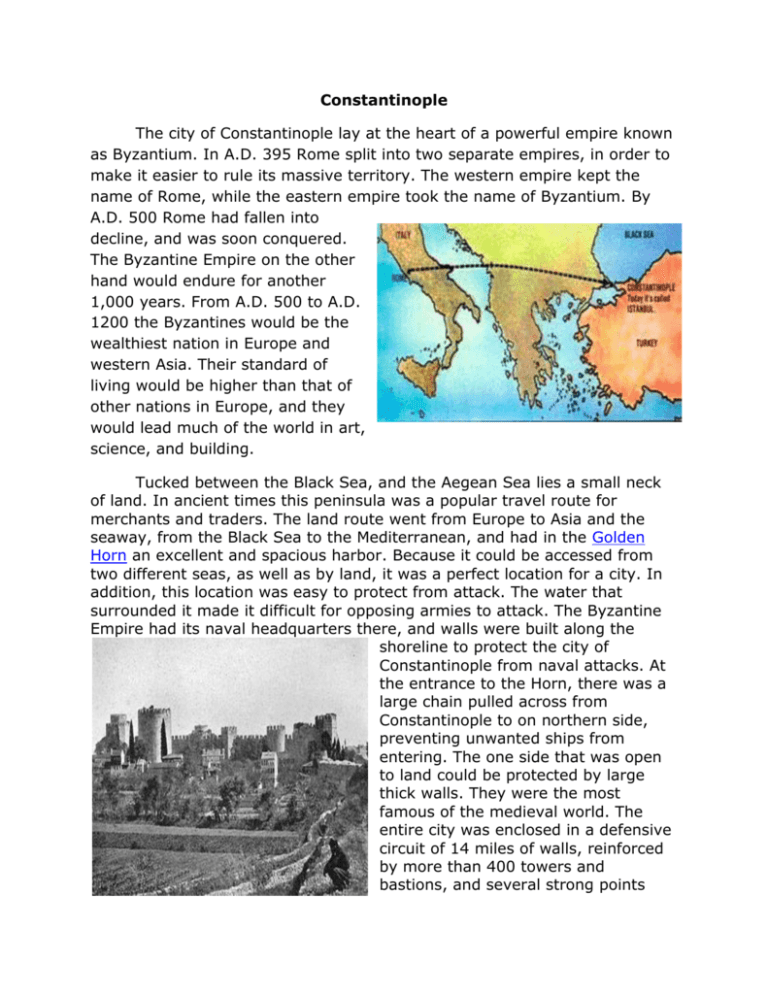
Constantinople The city of Constantinople lay at the heart of a powerful empire known as Byzantium. In A.D. 395 Rome split into two separate empires, in order to make it easier to rule its massive territory. The western empire kept the name of Rome, while the eastern empire took the name of Byzantium. By A.D. 500 Rome had fallen into decline, and was soon conquered. The Byzantine Empire on the other hand would endure for another 1,000 years. From A.D. 500 to A.D. 1200 the Byzantines would be the wealthiest nation in Europe and western Asia. Their standard of living would be higher than that of other nations in Europe, and they would lead much of the world in art, science, and building. Tucked between the Black Sea, and the Aegean Sea lies a small neck of land. In ancient times this peninsula was a popular travel route for merchants and traders. The land route went from Europe to Asia and the seaway, from the Black Sea to the Mediterranean, and had in the Golden Horn an excellent and spacious harbor. Because it could be accessed from two different seas, as well as by land, it was a perfect location for a city. In addition, this location was easy to protect from attack. The water that surrounded it made it difficult for opposing armies to attack. The Byzantine Empire had its naval headquarters there, and walls were built along the shoreline to protect the city of Constantinople from naval attacks. At the entrance to the Horn, there was a large chain pulled across from Constantinople to on northern side, preventing unwanted ships from entering. The one side that was open to land could be protected by large thick walls. They were the most famous of the medieval world. The entire city was enclosed in a defensive circuit of 14 miles of walls, reinforced by more than 400 towers and bastions, and several strong points and fortresses. Recognizing the strategic value of this location, the Roman emperor Constantine built a city here in A.D. 330. He named the city Constantinople after himself. Many features of the new city of Constantine were copied from Rome, and it is sometimes called 'New Rome' (Nova Roma), although there is no evidence that this was ever an official title in Constantine's time. It was built on seven hills like Rome by the emperor Constantine the Great. The city itself was divided into two distinct areas-a chain of six hills running along the Golden Horn to the north, and a single, larger hill to the south. Government buildings and palaces were designed in Roman style. Streets were narrow and apartments crowded. It even had an oval arena like the Circus Maximus where races and other events could be held. Political and social life was patterned on Rome. It operated under Roman laws and its army followed Roman military customs. Constantine convinced many wealthy and influential Romans to move to his city. The city of Constantinople quickly grew, becoming the wealthiest city in the Roman Empire, even more wealthy than the city of Rome itself. In A.D. 395 when the Roman Empire was split, Constantinople was the most logical location for the capital of the newly created Byzantine Empire. Roman civilization survived for centuries in Constantine's eastern empire, long after the actual city of Rome and the empire's western provinces fell to invaders. While it is true that Byzantium was created by splitting the Roman Empire, Byzantium quickly evolved away from Roman traditions, forming a new culture that was uniquely their own. The Byzantines were proud of their nation, and did not consider themselves Romans, even though many of them descended from Roman families. In time, the official language of the Byzantines became Greek, rather than the Latin which was used by the Romans. The Byzantines were Christians, but they did not follow the Catholic faith of the Romans. Instead they developed their own version of Christianity which eventually became known as Eastern, or Greek Orthodox. Constantinople



